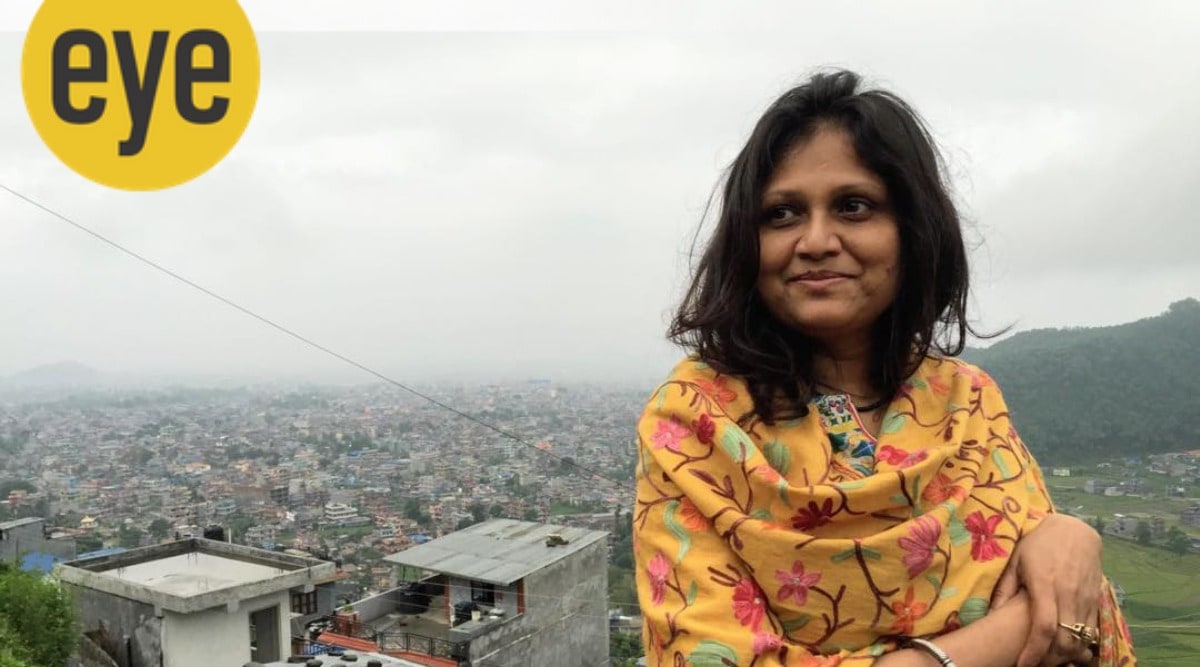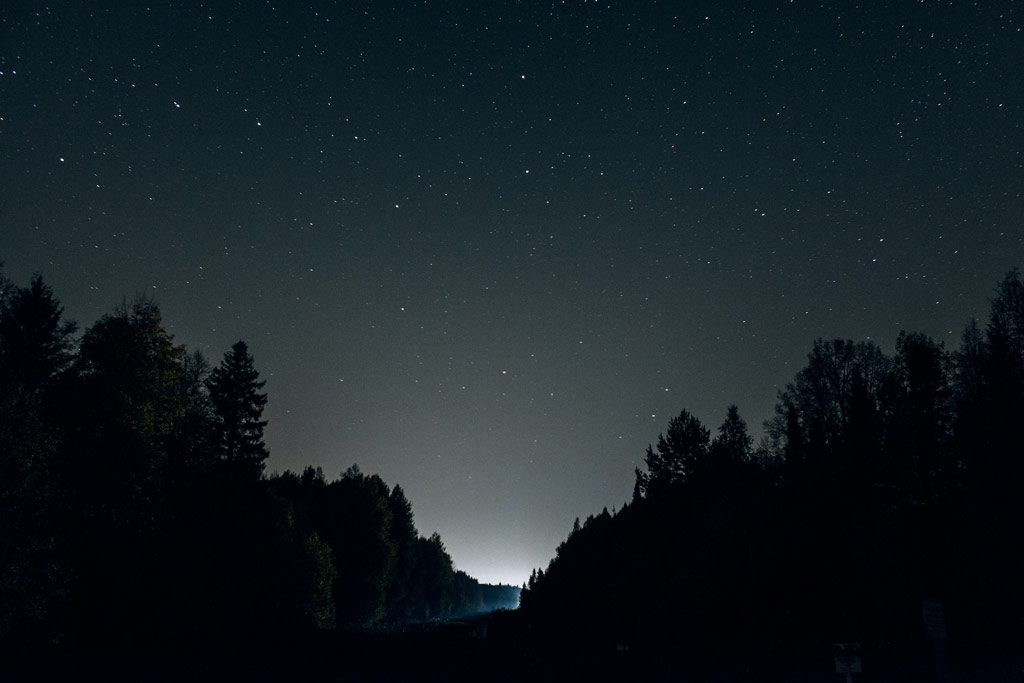Guys, length isn’t everything when it comes to film-making | Wendy Ide

Let’s be trustworthy about this. No movie needs to be more time than 3 hours. And much less than you could possibly believe can justify breaking the 2hrs 40m mark. Information that Martin Scorsese’s hottest film, Killers of the Flower Moon, is clocking in at properly around a few several hours is only the hottest in what appears to be a pattern in mainstream cinema in the direction of the butt-numbing finish of the operating time spectrum. If any director appreciates what to do with each individual final frame of a rumoured 3hrs 20m, it is Scorsese. But this does increase the issue: are marathon films genuinely what the audience would like? There is a principle that, in the age of TikTok, the collective focus span is shrinking. Is anticipating punters to sit via far more than a few several hours the finest way to lure post-pandemic audiences again into cinemas?
There’s a tacit assumption that a hefty operating time automatically conveys celebration movie position or that just about anything about three hours is a Huge, Important Artistic Assertion deserving of notice. In the final 12 months, Damien Chazelle’s Babylon clocked in at an overwrought 3hrs 9m Avatar: The Way of Drinking water was 3hrs 12 damp minutes Andrew Dominik’s polarising Marilyn Monroe biopic Blonde was just shy of the 3-hour mark at 2hrs 47m. And the original slash of Alejandro González Iñárritu’s Bardo: Wrong Chronicle of a Handful of Truths strike 2hrs 54m, in advance of Iñárritu re-edited, shaving off 20 or so minutes. But of these, only Avatar, with a present box-office tally just shy of $2.25bn, can legitimately lay claim to the event movie tag. The some others? It is fair to say that audiences stayed away in droves.
But for Blonde and Bardo, which, like Scorsese’s previous photo, The Irishman (3hrs 29m), had been financed by Netflix, the theatrical releases ended up deliberately confined, suggesting box office environment performance is a lot less of a problem. And this – the increase of streaming platforms – is a person factor that may reveal the craze towards extended movies. Viewing routines, as evidenced by the concept of “blitzing” by a prolonged-sort series, have shifted. If viewers will fortunately observe four episodes of, say, Breaking Undesirable, back again to back, why wouldn’t they spend the exact same size of time with a movie? But though this functions as a house-viewing solution, cinema visits are extra of an financial commitment – in time and energy, as very well as fiscally. And the day-evening staple of evening meal and a motion picture is instead skewered when the films are three-hour whoppers. A movie and a bag of ease store peanuts does not quite have the similar attract.
There’s yet another element while. It’s no coincidence that all of these current illustrations had been directed by men. And with the noteworthy exception of Chantal Akerman’s BFI very best film poll-topper Jeanne Dielman, 23 quai du Commerce, 1080 Bruxelles (3hrs 22m), the same tends to be correct historically. There is an argument to be created in some situations that the three-hour cine-slog is just a form of manspreading yet another case in point of adult males taking up house just since they can. It’s reflected in the viewers also: there is an irksome breed of ultra-aggressive movie bro who would somewhat pee into a bottle than overlook even a minute of Filipino director Lav Diaz’s most up-to-date extensive hauler. It’s worth repeating at this issue: size isn’t everything, men.
This write-up was amended on 27 February 2023 to proper a misspelling of Chantal Akerman’s surname.







